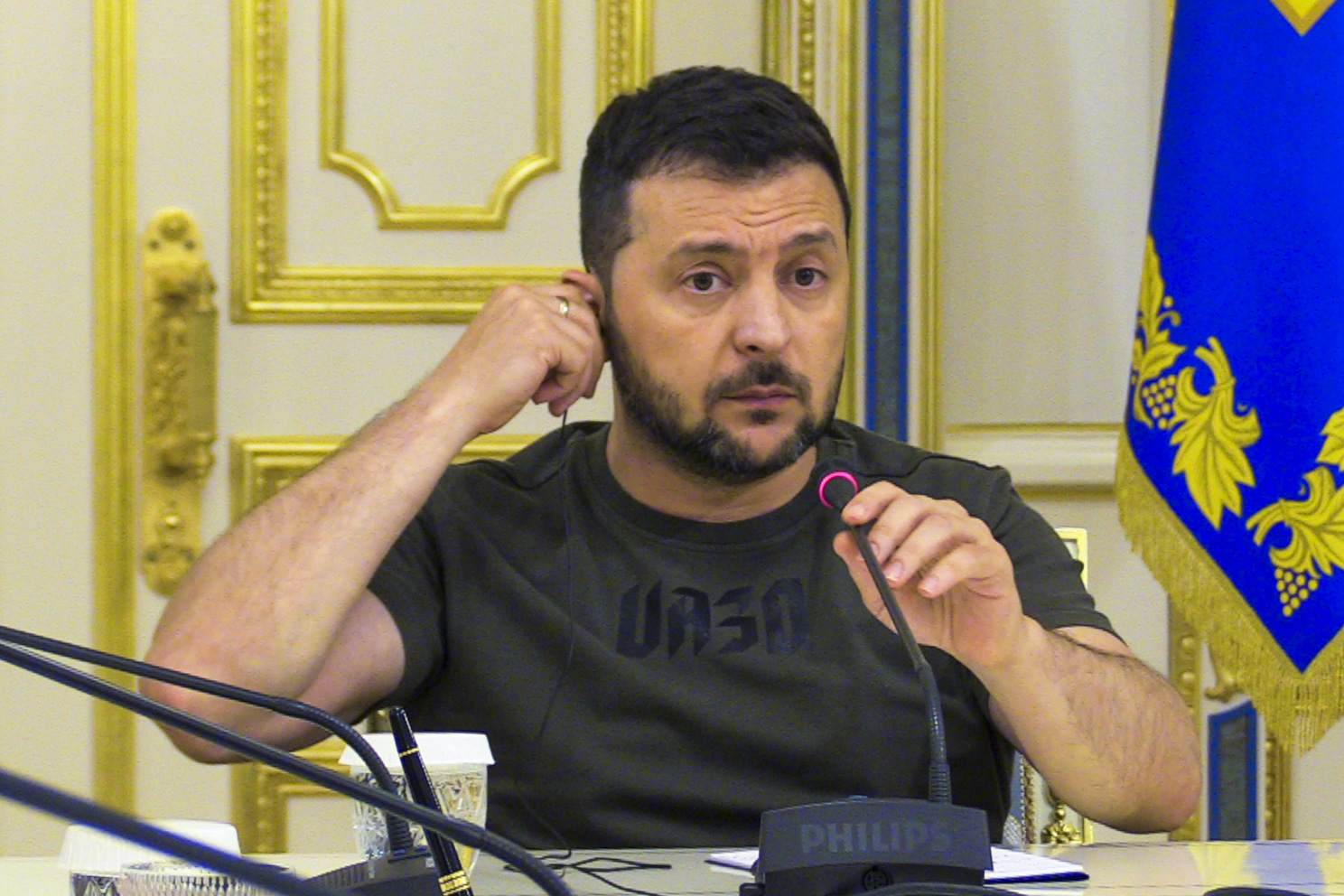Reaction: Study warns of lack of literacy about deepfakes during wartime
A research project has analysed the Twitter discourse related to deepfakes in the context of the Russia-Ukraine war in 2022, studying almost 5,000 tweets related to these videos. Deepfakes are synthetic media that mix an original video with content generated by artificial intelligence, often with the aim of mimicking a person. The research, published in PLoS ONE, looks at the lack of literacy about deepfakes and the scepticism and misinformation that can arise when real media is mistakenly identified as fake. The authors warn that efforts to raise public awareness of this phenomenon can undermine trust in other legitimate media, that can also be seen as suspect.

Ukrainian president Volodímir Zelenski in an interview with Spanish media. EFE/ Marcel Gascón.
Angel Vizoso - deepfakes EN
Ángel Vizoso
Professor in the Communication Sciences department and researcher in the 'Novos Medios' group
A group of researchers from Ireland, the UK and South Africa have published the results of a paper on the use of deepfakes during the Ukraine-Russia war, entitled 'Do Deepfake Videos Undermine our Epistemic Trust? A Thematic analysis of tweets that discuss deepfakes in the Russian invasion of Ukraine'. The aim of the text is to show how the publication of this type of material, elaborated through the application of deep learning techniques and tools, can affect the reactions and impressions of the audience with respect to the content related to the subject studied.
The text offers interesting findings that should lead to a necessary reflection in the field of journalism, as it points out how during the study it was possible to detect a certain lack of literacy in relation to these contents. This connects with one of the greatest challenges facing the media. Nowadays, a large part of the battle for audiences is being fought in the field of social networks. In them, it is possible to appreciate a multiplicity of sources that deal with the same subject matter, both from the point of view of information and disinformation.
This disinformation relies on the use of all available tools, even those based on high technology - generally not accessible or at least not used by the public. Thus, one of the media's tasks is no longer just to inform, but also to identify and explain what may be false in the content that circulates through multiple channels, regardless of its format. According to the team in charge of this research, one of the dangers of the proliferation of deepfakes is their connection with conspiracy theories or propaganda. Once again, journalism has to play a relevant role in connecting reality with the audience, trying to overcome the obstacle introduced by this type of narratives generated to misinform.
Furthermore, the appearance of this type of studies is also interesting, as they are also useful for journalists themselves when it comes to understanding the real impact of, in this case, deepfakes through broad analyses. In the future, it will be interesting to make progress on three fronts: research, the development of tools -also high-tech- for the verification of these elements and, of course, the information and explanation of everything that is false in them.
John Twomey et al.
- Research article
- Observational study



